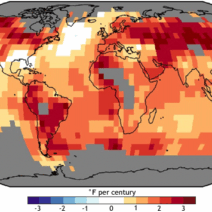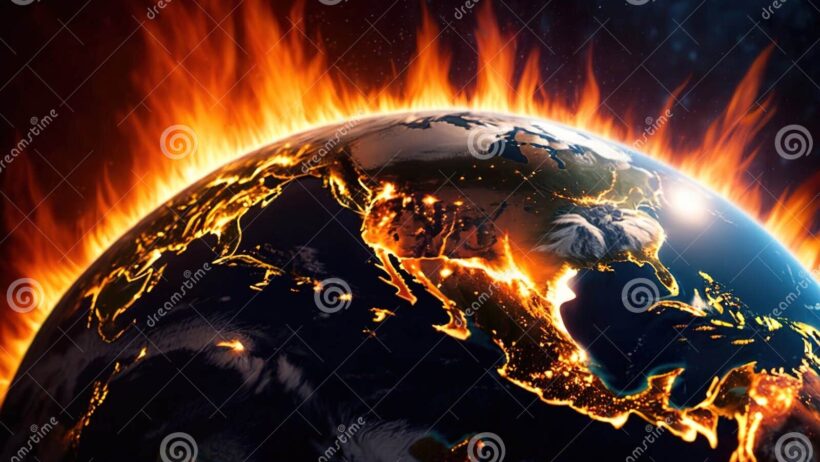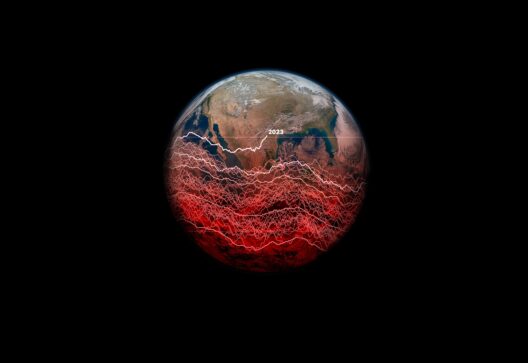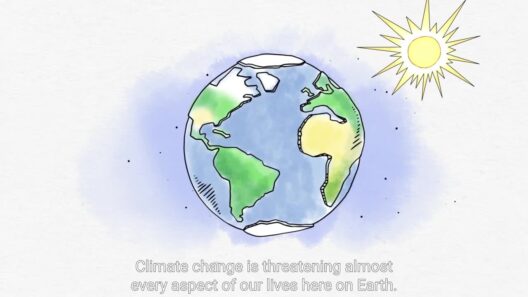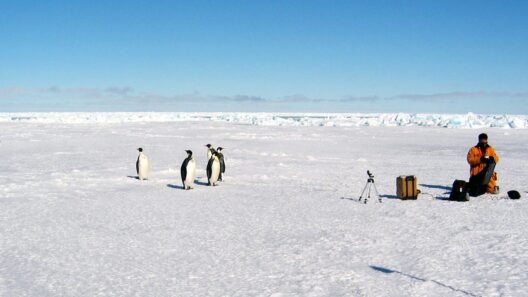California has long been known for its breathtaking landscapes, with sprawling forests, majestic mountains, and a stunning coastline. However, in recent years, it has also become synonymous with devastating wildfires. The link between global warming and the escalation of wildfires in California is increasingly becoming the focal point of a heated discourse about climate change. With rising temperatures, prolonged droughts, and altered precipitation patterns, the question arises: how are these climatic shifts influencing the frequency and intensity of wildfires?
To comprehend the nexus between global warming and wildfires, one must first understand the prerequisites for a wildfire. Wildfires typically require three essential components: flammable vegetation, oxygen, and an ignition source. California’s unique topography and vegetation—predominantly consisting of chaparral, coniferous forests, and grasslands—create the ideal environment for wildfires. However, as global temperatures increase, the conditions that facilitate these fires become more pronounced and alarming.
The crux of the matter lies in the alarming rise in average temperatures across the globe. The Intergovernmental Panel on Climate Change (IPCC) reports that global temperatures have risen by approximately 1.2 degrees Celsius since the late 1800s, a trend that is both unprecedented and unsustainable. This seemingly marginal rise in temperature has catastrophic implications. In California, warmer temperatures lead to expedited evaporation rates and diminished snowpack, which serve as critical water sources. Consequently, the land becomes parched and brittle, transforming lush wilderness into tinderboxes.
Furthermore, global warming has radical implications for precipitation patterns. California has experienced shifts that result in severe droughts coupled with heavy rainfall events. The phenomenon of extreme fluctuations in weather conditions exacerbates wildfire risks. During prolonged droughts, vegetation becomes desiccated, while subsequent periods of heavy rainfall can lead to rampant plant growth. This cycle creates an enviable fuel source for wildfires, leading to increased intensity when ignition occurs.
Ignition sources are ubiquitous, ranging from natural occurrences like lightning strikes to human activities such as campfires and electrical malfunctions. The latter—which includes power lines and outdoor equipment—has been the catalyst for some of the most catastrophic wildfires in California’s history. This alarming reality underscores the pressing need to mitigate anthropogenic factors contributing to wildfire ignition, especially in a climate that is already predisposed to such calamities.
The economic ramifications of wildfires in California are staggering. The cost of wildfire suppression, coupled with loss of property, ecosystem services, and human life, accumulates to billions annually. The 2020 wildfire season, for instance, saw the state spend over $1 billion on firefighting efforts alone. The presence of climate change exacerbates these expenditures, as longer and more severe fire seasons necessitate increasingly resource-intensive firefighting strategies.
The toll on biodiversity is equally troubling. Wildfires disrupt ecosystems and displace wildlife, leading to the endangerment of various species. The flames obliterate habitats, while smoke and ash infiltrate pristine environments, impacting water quality and soil integrity. This ecological disaster underscores the importance of maintaining biodiversity in face of climate adversity. Conserving native plant species that are resilient to fire, for example, may bolster natural defenses against future wildfires.
In light of this dire reality, a radical shift in perspective is required. For decades, the conversation around climate change has revolved around polarizing political debates rather than actionable solutions. However, the urgency of the situation calls for unified efforts transcending political affiliation. Embracing sustainable practices such as reforestation, responsible land management, and renewable energy adoption stands as a silver lining in combating global warming.
Moreover, communities within California must grapple with the integration of climate awareness into fire management policies. A proactive rather than reactive approach is essential. Implementing prescribed burns and creating defensible spaces around properties can provide a buffer against inevitable wildfires. Innovations in technology also present opportunities for real-time monitoring and early warning systems, thereby equipping residents with the tools needed to prepare for and respond effectively to wildfire threats.
Education serves as a cornerstone in this regard. Public awareness campaigns focused on fire prevention and climate literacy can galvanize community involvement and foster resilience. By understanding the link between global warming and wildfires, individuals are more likely to make informed decisions, whether it entails conserving water or participating in local environmental stewardship programs.
The link between global warming and wildfire escalation in California brings to light the perils of inaction. Unchecked climate change poses a formidable threat not only to California’s natural beauty but also to its economy, wildlife, and public safety. Recognizing the urgency of the situation, stakeholders at all levels must band together to foster a climate-conscious ethos. The path forward demands collective resolve, innovative thinking, and unwavering commitment to safeguarding the environment for future generations.
California stands at a crossroads. The crucial decisions made today will reverberate through time, affecting the ecological destiny of the region. Emphasizing the interconnectedness of climate action and wildfire management can serve as a catalytic force for transformative change. As the flames rise, so too must our collective responsibility to extinguish the imminent threats posed by an ever-warming world.
